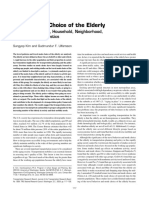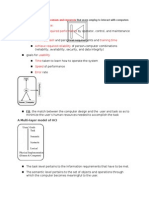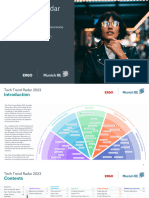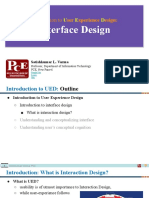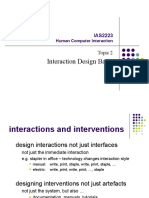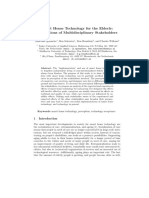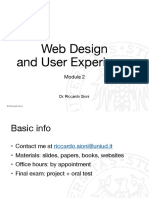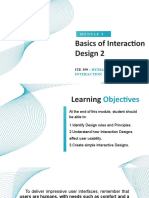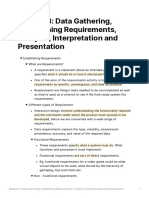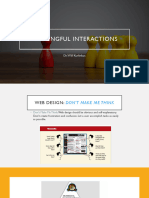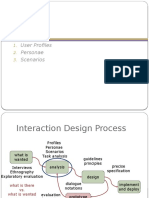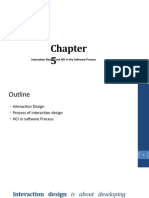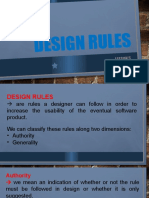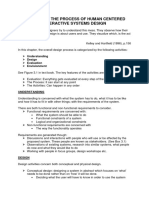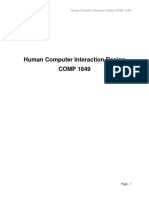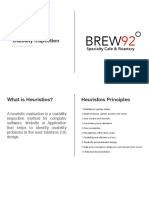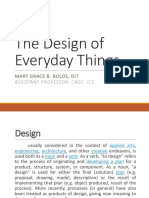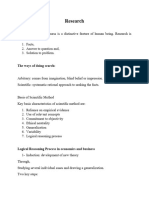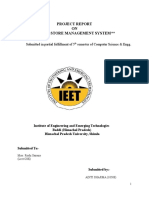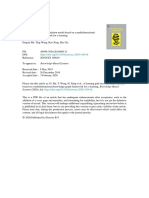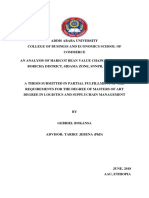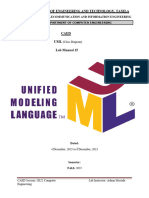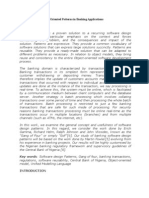0% found this document useful (0 votes)
38 views34 pagesCSIT226 Lecture 2
Chapter 2 discusses the importance of understanding the problem space in interaction design, including identifying assumptions and claims. It emphasizes the development of a conceptual model to guide design decisions and outlines various interaction types such as instructing, conversing, manipulating, and exploring. The chapter concludes by highlighting the need for a clear conceptual model to support user activities effectively.
Uploaded by
zainabgawai623Copyright
© © All Rights Reserved
We take content rights seriously. If you suspect this is your content, claim it here.
Available Formats
Download as PPTX, PDF, TXT or read online on Scribd
0% found this document useful (0 votes)
38 views34 pagesCSIT226 Lecture 2
Chapter 2 discusses the importance of understanding the problem space in interaction design, including identifying assumptions and claims. It emphasizes the development of a conceptual model to guide design decisions and outlines various interaction types such as instructing, conversing, manipulating, and exploring. The chapter concludes by highlighting the need for a clear conceptual model to support user activities effectively.
Uploaded by
zainabgawai623Copyright
© © All Rights Reserved
We take content rights seriously. If you suspect this is your content, claim it here.
Available Formats
Download as PPTX, PDF, TXT or read online on Scribd
/ 34






